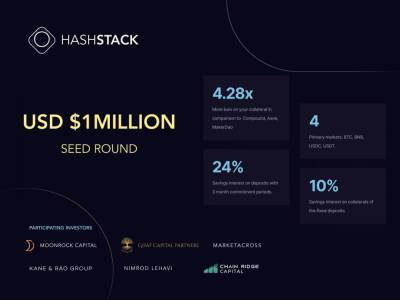Altcoin Roundup: 3 portfolio trackers NFT and DeFi investors can use to stay organized
The cryptocurrency ecosystem has seen a tremendous amount of growth over the past couple of years, as the introduction of decentralized finance (DeFi) and the popularity of nonfungible tokens (NFT) have led to an explosion of projects on more than a dozen blockchain networks.
The rapidly growing ecosystem means investors have to keep track of multiple wallet addresses, making portfolio trackers a popular option for traders needing to manage a diverse multichain portfolio.
Here are three portfolio-tracking decentralized applications, or DApps, crypto traders can use to help monitor their investments.
Zapper supports the basic management of cryptocurrencies held on 11 different networks including Ethereum, Polygon, BNB Chain, Fantom, Avalanche and Optimism.
The basic layout of the homepage provides information about the various protocols that the connected wallet is currently engaged with, and it also gives a breakdown of the value of assets held on each of the supported networks.
Users can perform token swaps through a basic swap interface that integrates with liquidity on decentralized exchanges such as Uniswap, Pangolin and QuickSwap, and they can also use the bridging feature to transfer assets between the supported chains.
Traders can also deposit assets to pools on protocols integrated with Zapper, such as SushiSwap, PancakeSwap, Curve, Aave and Compound.
Other integrations include yield farming options and the ability to deposit assets into vaults on Yearn.finance.
Portfolio managers that are similar to Zapper include Zerion, Instadapp and DeFi Saver.
NFTBank is a free-to-use portfolio tracker that is specifically designed to help users manage their NFT holdings by providing a variety of tools to help with tracking
Read more on cointelegraph.com























